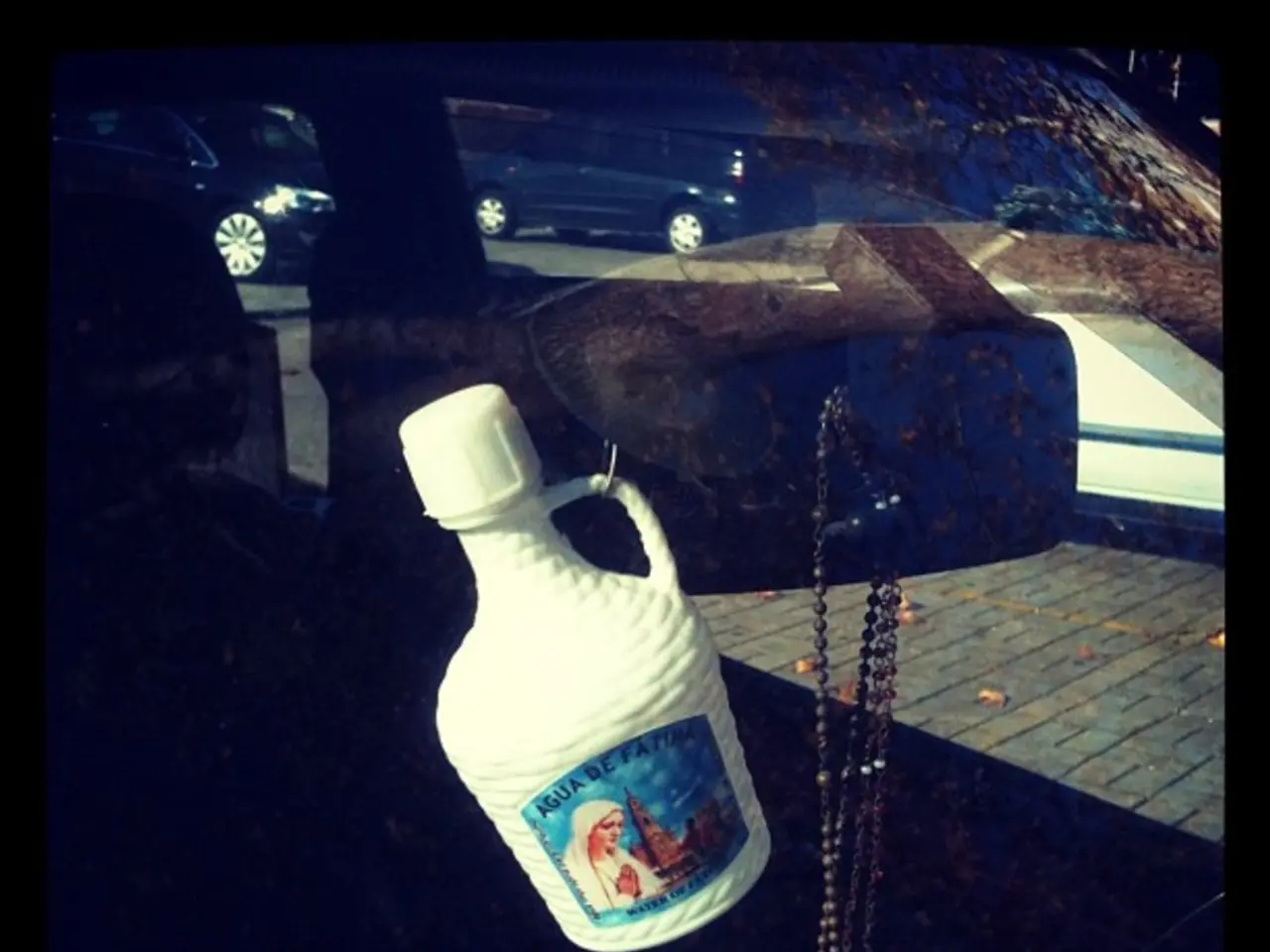Car Buyer's Insight: Hillman Imp Analysis
The Hillman Imp, a quintessential British classic, made its debut in 1963, marking a departure from many of its contemporaries with its innovative all-aluminium engine and synchromesh on all four ratios. However, its journey was not without hiccups, as the car was launched with several faults, including defective chokes, throttle problems, water leaks, and a tendency to overheat.
Despite these early setbacks, the Imp's unique engineering, enjoyable driving experience, and charming design have earned it a loyal following. Over time, the car's numerous faults were gradually resolved, and its reputation as a classic began to take shape.
When considering a Hillman Imp today, potential buyers should be aware of common issues that often surface in older examples. Water leaks and rust, given the car's age and original manufacturing quality, are common concerns. Engine overheating problems and choke and throttle linkage issues, remnants of the car's early faults, should also be checked. General mechanical wear from age, such as oil leaks or worn suspension parts, should also be inspected.
To address braking issues, a full front disc conversion kit is available for around £395. The water pump in the Imp should be changed every 25,000 miles for optimal performance. Blue exhaust smoke from the rear could indicate a need for replacement of inlet valve seals, worn piston rings, or cylinder bores.
Rust is a significant issue with the Imp, particularly affecting the sills, doors, wheel arches, and floorpan. New rear quarters can be purchased for £930 plus VAT per side, while more cost-effective repairs can be made with new arches at £150 plus VAT each. New front wings are available for £660 each, plus VAT.
The Imp's clutch pedal should feel light underfoot; if it doesn't, a hydraulic hose or slave cylinder might need replacing. Labored shifting, particularly higher up the gear range, may be due to a worn bush at the base of the gearstick or a hydraulic hose issue. The Imp's rack-and-pinion steering should feel light; if it's difficult to steer, the kingpins or their bushes might be worn out.
The Imp's uncommon rear-engine layout, similar to many European small cars, adds to its charm. Replacing the interior fabric and trim can be challenging due to the scarcity of replacements, and authenticity may need to be compromised. A new floor panel can be purchased for £436 plus VAT, while each side is surprisingly affordable at just £136 plus VAT.
In conclusion, the Hillman Imp's rise to classic status is a testament to its unique personality and fun driving appeal. Despite its initial faults, the car has won over enthusiasts, rehabilitating its reputation and securing its place as a classic. Potential buyers should approach their purchase with a discerning eye, carefully inspecting for the known legacy problems often found in older examples.
Enthusiasts looking for a Hillman Imp have to consider the common age-related issues that might pop up, such as water leaks, rust, and engine overheating problems, along with choke and throttle linkage issues that were earlier found in the car's design. The car's unique charm and driving appeal, combined with its innovative engineering, have garnered it a following and earned it the status of a classic despite its initial issues.




